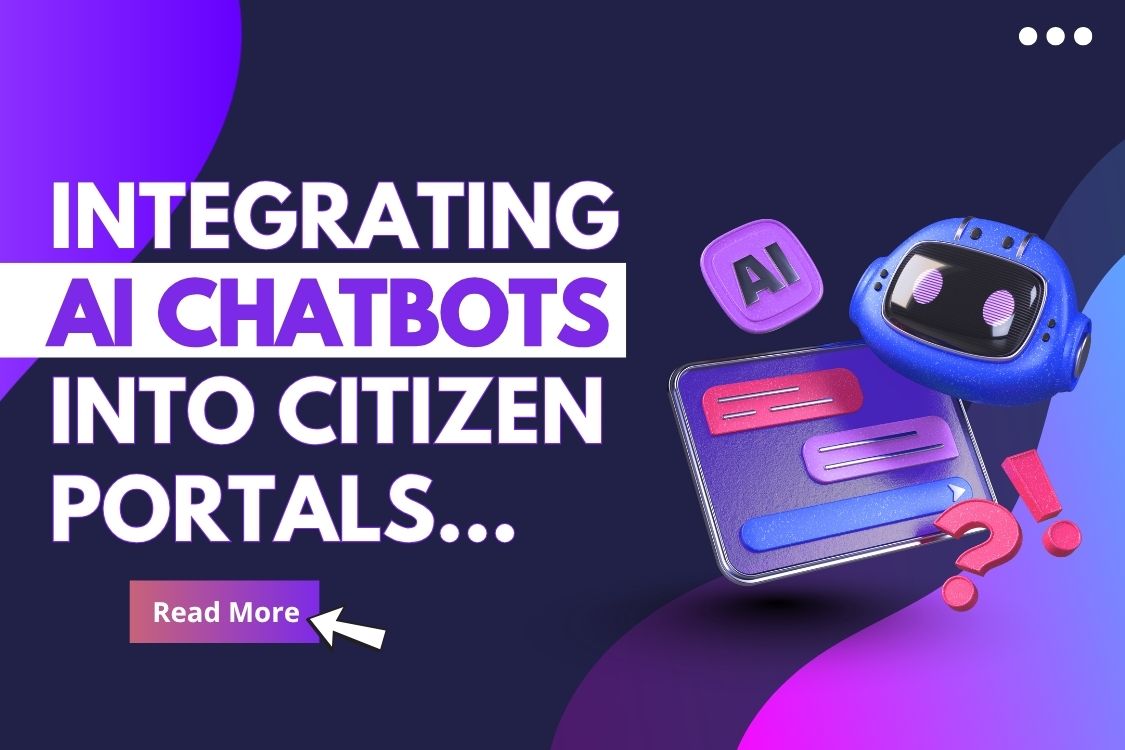Government agencies across the United States are approaching a critical digital milestone. The world’s leading public service institutions are no longer measured solely by policy effectiveness or citizen outreach; they are now judged by the accessibility, usability, and reliability of their digital experiences.
In 2025, modernization has become a necessity, not a luxury. Rising citizen expectations, expanding cybersecurity threats, and increasingly complex compliance regulations have redefined what it means to deliver public value online. For government bodies in states such as Virginia, Washington, DC, Maryland, and New York, this shift presents a defining opportunity: to modernize their digital infrastructure and create resilient, citizen-first platforms that stand the test of time.
Partnering with an experienced digital partner like Advanced Systemics allows agencies to make this transformation seamless, strategic, and sustainable.
The Urgency of Modernizing Government Websites
Many public sector websites were built a decade or sometimes two ago on legacy systems never designed for today’s digital demands. Outdated infrastructure not only limits innovation but also puts data, accessibility, and public trust at risk.
Common challenges government websites face today include:
- Slow load times under heavy traffic, especially during emergencies or large-scale announcements
- Limited mobile responsiveness, leading to accessibility gaps for citizens using phones or tablets
- Outdated security protocols that make systems vulnerable to breaches
- Non-compliance with ADA or Section 508 standards restricts inclusivity for users with disabilities
For example, consider a city council portal that still relies on manual PDF uploads for meeting agendas or license renewals. Modernization can transform this into a centralized, searchable digital dashboard—complete with role-based access, online forms, and real-time updates.
By investing in Web Design for Government Agencies, agencies can deliver platforms that empower citizens, reduce administrative load, and ensure continuity even during high-demand events.
Key Trends Driving Government Website Modernization in 2025
1. Accessibility Compliance
Compliance is no longer optional; it’s a public responsibility. Agencies must follow WCAG Compliance Web Design and Section 508 standards to ensure that people with disabilities can access digital services equally.
For instance, when a state education department redesigned its site to meet WCAG 2.1 AA standards, accessibility-related inquiries dropped by over 40%, showing how inclusive design directly improves user satisfaction and operational efficiency.
2. Enhanced Security
With cyber threats targeting public infrastructure at an all-time high, Government Website Security is critical. Advanced encryption, continuous monitoring, and multi-factor authentication are essential to safeguard data.
Modern platforms designed by Government Website Developers integrate real-time threat detection, secure hosting, and automated system backups, ensuring reliability even under attack.
3. Mobile-First Design
Over 65% of citizens access public websites via mobile devices. Responsive government website design ensures equal functionality on smartphones, tablets, and desktops, allowing constituents to submit forms, access alerts, and make payments seamlessly.
For example, a city emergency alert system that’s mobile-optimized can instantly notify residents about road closures, weather warnings, or community alerts—saving time and enhancing public safety.
4. Data-Driven Decision Making
Modernization enables agencies to make informed decisions through analytics dashboards that track citizen interactions and service performance. Agencies can monitor which pages receive the most traffic or identify bottlenecks in online forms to refine service delivery continuously.
5. Integration with Existing Systems
Agencies often rely on legacy databases, GIS tools, or document repositories. Integrating these into a modern platform ensures smooth data flow, reduces redundancy, and improves cross-department collaboration.
A prime example is integrating GIS mapping tools into a public works portal—allowing residents to view service zones or report maintenance requests directly on an interactive map.
The Benefits of Government Website Modernization
1. Empowered Citizen Engagement
A modernized government website becomes a true digital gateway — allowing citizens to easily submit forms, pay bills, renew licenses, or find local updates. Centralized and interactive portals foster trust, transparency, and stronger connections between agencies and the people they serve.
2. Performance and Scalability That Keep Pace with Demand
Whether during election season, weather emergencies, or public announcements, traffic spikes are inevitable. A modern, cloud-ready infrastructure ensures government sites remain fast, stable, and fully operational under pressure.
3. Built-In Compliance and Inclusivity
ADA, WCAG, and Section 508 compliance aren’t just checkboxes — they’re commitments to equal access. Modernization ensures every citizen, including those with disabilities, can navigate and benefit from public digital services without barriers.
4. Next-Level Security and Data Protection
Government websites handle sensitive data daily. Modernized systems integrate advanced encryption, multi-layer authentication, and continuous monitoring — keeping both citizen and agency information secure from evolving cyber threats.
5. Greater Operational Efficiency
Automation and integration streamline routine workflows, reduce manual data entry, and improve interdepartmental collaboration. This means faster service delivery and more time for agencies to focus on policy and innovation.
6. A Future-Ready Digital Foundation
Modern platforms are designed to evolve — easily adapting to new technologies, compliance updates, and citizen expectations. With modular architecture and scalable design, agencies can continue improving without costly overhauls.
How Advanced Systemics Supports Government Agencies
For nearly two decades, Advanced Systemics has been a trusted digital partner for government agencies, providing modernization solutions built on experience, security, and scalability.
Our specialized services include:
- Government Agency Website Design Services that meet ADA and Section 508 compliance standards with zero downtime
- WordPress Development Agency expertise, empowering agencies with flexible, secure, and easy-to-manage CMS solutions
- Web Design Development services tailored for enterprise performance, reliability, and accessibility
We’ve helped federal and state agencies launch user-friendly portals, enabling better public engagement, streamlined workflows, and data transparency. Our approach emphasizes seamless migration, minimal disruption, and long-term maintainability for agencies operating under strict governance and compliance requirements.
By modernizing your government website with Advanced Systemics, your agency gains a platform designed not just to inform but to engage, empower, and evolve with citizen needs.



